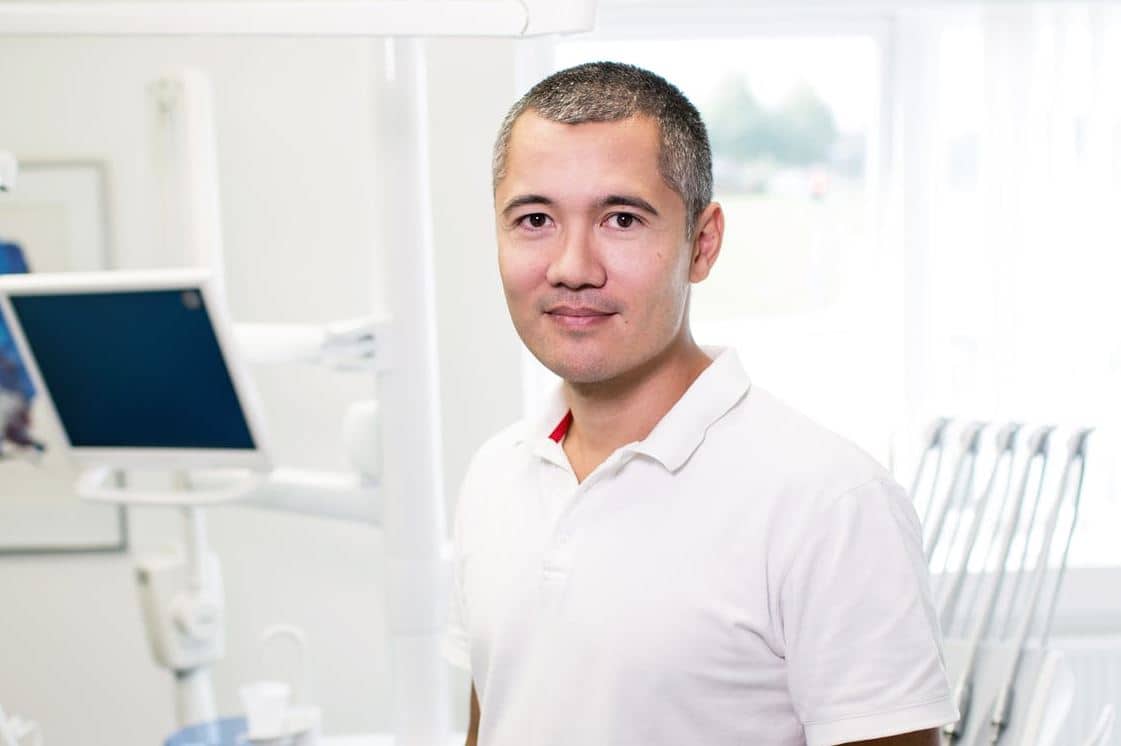Sleep apnea is a common problem. People with this condition not only sleep poorly, but they keep their partners from enjoying a good night’s rest too. Your skills as a respiratory therapist can help patients with sleep apnea to get a better night’s sleep. After all, if you are unable to get a good night’s sleep, then not much else really matters. Helping your patients by enabling their bodies to receive enough oxygen will keep them healthy and increase their longevity.
Living with Sleep Apnea
Many patients with sleep apnea wake up feeling exhausted instead of refreshed and rested. This is because the person’s breathing pauses for a certain amount of time. This pause can last anywhere from a few seconds to a few minutes, in extreme cases. This is incredibly hard to deal with day after day, as it leaves the sufferer exhausted and fatigued for the entire day after waking up. This is especially hard to deal with if the patient is unaware of their condition and has not received a diagnosis. Medical personnel (including respiratory therapists) have studied these type of sleep disorders in-depth, and they are prepared to assist patients where and when treatment is needed.
Providing Continuous Positive Airway Pressure Machines
Continuous positive airway pressure (CPAP) machines are one of the most commonly used treatment methods for sleep apnea. The CPAP machine has a face mask that fits over the patient’s face while sleeping at night. The machine delivers a continuous level of pressure so the patient gets enough oxygen while sleeping. The goal is to eliminate the frequency of breathing pauses experienced during the night. The machine also helps to reduce snoring. You would be able to select the right mask and CPAP setup for your patients.
Fitting Patients with Oral Appliances
As a respiratory therapist, you could work with a patient’s dentist to get him or her outfitted with an oral appliance. These type of devices, (like a CPAP machine) help to open the mouth and airway in order to reduce the vibration of the larynx and the esophageal constriction associated with sleep apnea. These oral appliances are worn in the mouth at night and are less frustrating and quieter compared to the machines used for sleep apnea treatment. After the initial fit is complete, you may also install and set up the device in the patient’s home so they can begin using it. After the patient has tried out their new breathing machine, they may call in and report any problems that they might be having with it to the respiratory therapist on duty.
Discovering New Treatment Methods
New treatment ideas and methods are constantly being developed for sleep apnea. It is one of the most problematic sleeping disorders for medical personnel and patients to manage. If you would like more certifications or want to discover some new treatment methods for sleep apnea, you might begin investigating online respiratory therapist schools, that way you can get a leg up on the competition. Online educational opportunities could help you to learn more techniques to employ when treating your patients. You could also develop new ways of diagnosing and preventing various respiratory conditions.
Offering Expiratory Positive Airway Pressure Units
Expiratory positive airway pressure (EPAP) units are single-use products that fit into the patient’s nostrils. Compared to CPAP machines, these apparatuses are much more comfortable and far less invasive for the patients using them. As a respiratory therapist, you could outfit your patients with one of these products and show them how they are used. These units are ideal for people who cannot tolerate CPAP machines. The EPAP units work by allowing air to be breathed in through the nose but slowing down the exhalation phase to increase airway pressure. They effectively reduce snoring and daytime sleepiness.
Respiratory therapists may work with doctors, nurses, and dentists to more effectively treat patients. You may need to try several different treatments on your patients before finding one that works well. Your efforts will be well worth the time investment because your patients will be able to breathe easier, sleep better, and stay healthier with the devices and products that you provide.
Emma Sturgis
Recent Posts
- Castor Oil For Better Hair Growth: Is It Myth Or Fact?
- Exploring the Differences Between Sermorelin, Ipamorelin, Ibutamoren, GHRP2, and GHRP6: Understanding Their Role in Human Growth Hormone Regulation
- Unraveling the Mystery: Understanding the Causes and Prognosis of Ventricular Tachycardia Without Apparent Heart Disease
- Understanding Grandparents’ Rights in Oklahoma: Navigating Visitation and Legal Protections
- 10 Reasons to Consider Hypnotherapy for Your Health

